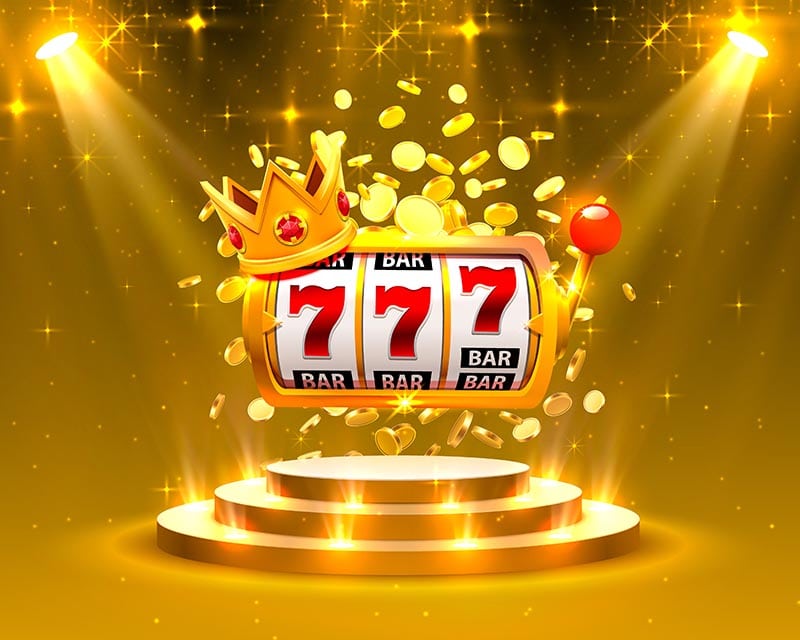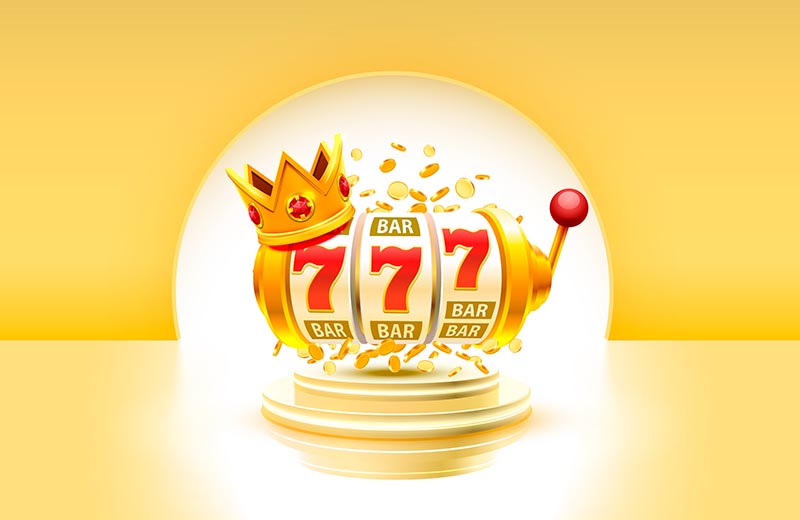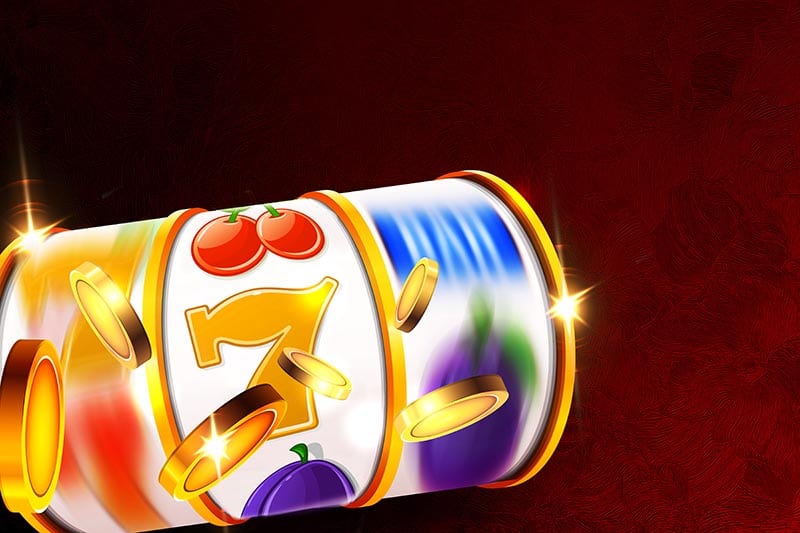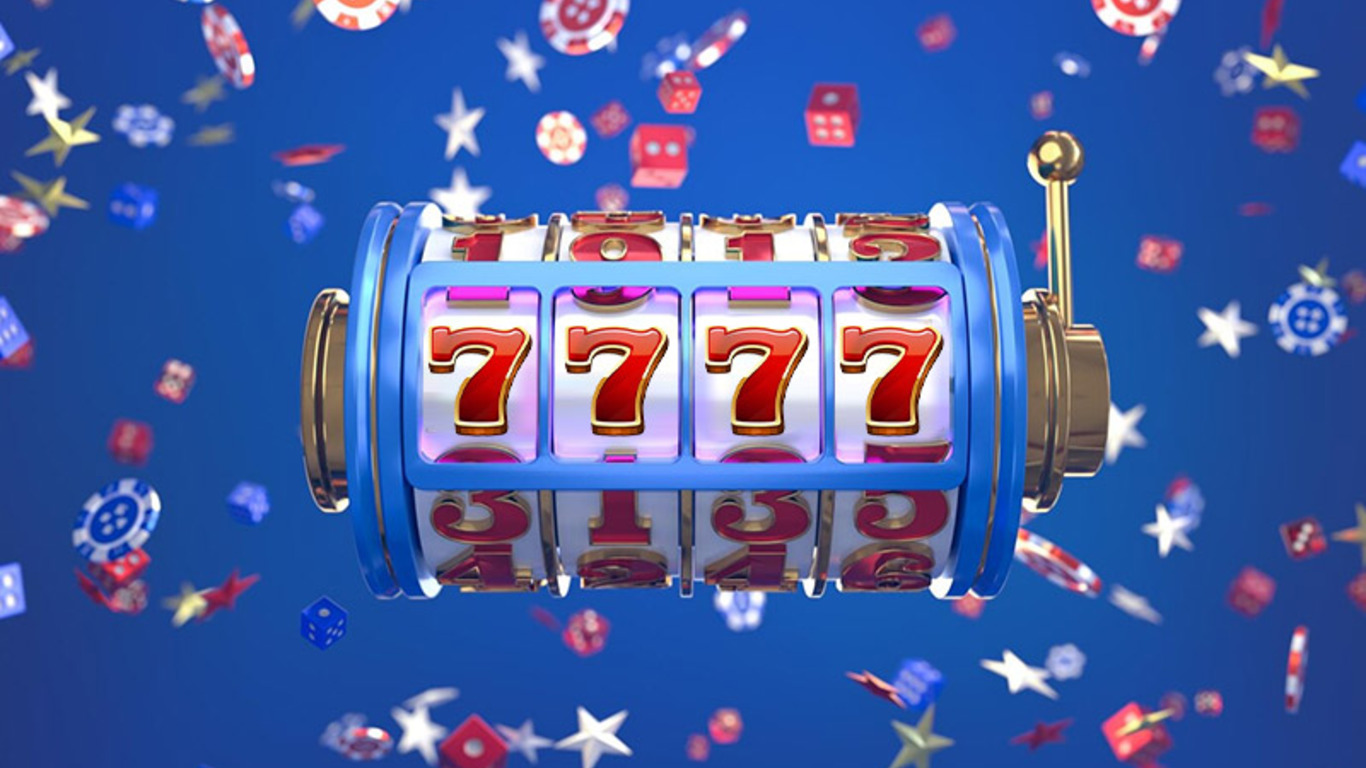Copies and Replicas of Slot Games from the Top 4 Gambling Software Providers
The creation of a content catalogue is a balancing act between speed, cost, and compliance. Alongside licensed originals from well-known studios, operators can get lookalike titles marketed as clones or replicas.
Such content provides platform managers with a fast and budget-friendly way to build a lobby that feels familiar. Copies with adjustable RTP utilise proven mechanics to meet player expectations, reduce procurement cycles, and allow platform owners to expand scope without lengthy brand-IP negotiations. Since clones are not tied to licensing chains, they are suitable for nearly any market and keep launch timelines under control.

Order top-class gambling software from the list of renowned content suppliers. At our studio, you can also purchase high-quality replicas tailored to your expectations and target audience.
What is a Replica or a Clone of a Slot Game?
Some developers intentionally mirror the core design of an existing title. The goal is to reproduce the experience that players associate with a hit game and change enough surface elements to present a distinct product.
Replicas with adjustable RTP are best viewed through a business perspective. They recreate familiar maths, pacing, and visual cues, enabling operators to populate their lobbies faster and at lower cost, with fewer procurement dependencies and greater control over release timelines.
In practice, the market uses “replica/clone” for several patterns:
- reskin of a famous title, when mechanics remain the same, while art and audio are new;
- mathematics clone, when RTP/volatility, reel layout, and paytable logic are copied and visuals are altered;
- code port when mechanics and UI are closely duplicated;
- an “inspired by” variant, when recognisable features are kept, and a new bonus or a pay line twist is added;
- licensed localisation/remake, when an authorised rebuild is created for a new market or device class.
Because replicas are not tied to brand-IP distribution chains, they suit any market setup operators want to target. Clone content keeps launch timetables in hand and does not require additional licensing to deliver the gameplay.
Top 4 Most Copied Providers

The more popular the content is, the higher the chance it will be cloned. Four gambling industry tycoons have their slot designs frequently emulated. Appeal comes from the things these companies do best, so others attempt to mirror their signature mechanics and presentation.
Novomatic
The developer is a long-standing brand whose land-based heritage shaped recognisable online hits such as Book of Ra and Lucky Lady’s Charm. Novomatic’s original games are defined by straightforward mechanics, clear paytables, and bonus structures that many players already understand.
Replicas in this style deliver instant familiarity and steady engagement from classic “book” loops, reduce onboarding friction for new punters, and keep production light enough to scale across older devices and bandwidth-constrained regions. This means faster catalogue expansion and consistent metrics in any market mix you choose to target.
Betsoft
The content creator is known for cinematic presentation and character-driven experiences. Betsoft’s titles, such as Kawaii Kitty, illustrate the studio’s focus on animation and narrative. The originals pair stylised visuals with distinct maths models to sustain session time.
Replicas that mimic these aesthetics give platforms eye-catching lobby tiles at a lower asset budget. The result is more recognisable titles, stronger ad creatives, and a simple way to test themes that convert on social and influencer channels without long procurement cycles.
Pragmatic Play
The studio is associated with fast-paced, feature-rich slots and robust device performance across markets. Pragmatic Play’s originals often combine cascading win sequences, multiplier ladders, and punchy bonus entries that maintain relevance over short rounds and longer bankroll sessions. Well-known examples include Sweet Bonanza and Gates of Olympus, which set a clear benchmark for presentation and engagement.
Replicas of multiplier arcs bring the same “just one more spin” energy that powers tournaments and time-boxed promos. They are quick to configure for event schedules, fit neatly into acquisition funnels, and help operators maintain stable DAU and playtime during aggressive campaign periods.
NetEnt
A widely known studio boasts a catalogue of table games and slots, with examples like Blood Suckers that illustrate a blend of clear RTP disclosure and distinctive thematic work. NetEnt’s original titles are typically designed for consistent cross-device performance and compliance with regulated markets.
Replicas here support a wide range of operating systems and appeal to nostalgia, which helps with retention and seasonal relaunches. Clean UI metaphors and familiar pacing make it simple to integrate these games into segmented lobbies without needing to rework tutorials or CRM triggers.
Why Operators Buy Replicas

Such games appeal for pragmatic reasons. They promise catalogue breadth at a lower entry price and help fill gaps where originals are unavailable or slow to deploy.
Reasons the model persists:
- Lower upfront spend. Replica bundles often cost less than licensing a comparable set of original titles, which frees the budget for advertising, CRM, or payment routing.
- Faster time-to-market. Without the same approval queues or distribution dependencies, operators can quickly populate new lobbies and initiate acquisition campaigns.
- Demand testing. Lookalikes let you gauge appetite for specific mechanics or themes before you commit to premium licences from authentic studios.
- Coverage where originals are missing. Exclusivity deals, geographic restrictions, or distributor priorities can limit access to famous titles.
- Flexible configuration. Some suppliers allow broader ranges for RTP, bet steps, or feature toggles that facilitate compliance with local regulations and player economics.
Operational Considerations for Running Replicas

Content clones are straightforward to launch and manage, but a few practical choices will decide how much value you capture. The focus here is on day-to-day operations, player experience, adjustable RTP, and catalogue hygiene.
Consistency and User Expectations
What punters see in the help screen must match the behaviour they experience in the session. Bonus triggers, feature timing, bet steps, and win displays must be genuine. Clear and consistent presentation reduces the support load and maintains stable retention curves across cohorts.
Performance across Devices
Prioritise lightweight builds that cold-start quickly, run smoothly on Android and iOS, and tolerate weak network connections. Smaller asset footprints and stable frame rates result in longer first sessions and improved conversion from acquisition traffic.
Live Alignment
Choose replicas whose maths and pacing work with your tournaments, missions, streaks, and happy hours. The adjustable return-to-player rate makes it easy to align with specific groups to maximise operational efficiency. On top of that, a feature schedule that fits your event calendar will raise participation rates without additional engineering.
Data, Versioning, and Maintenance
Use immutable game IDs and basic telemetry (stake, win, feature entry/exit, session length). With these in place, you can A/B content, measure uplift precisely, and roll back quickly if a change misses targets.
Catalogue Strategy
Group replicas by theme and volatility so each segment (new users, bonus hunters, VIPs, etc.) finds a natural path through the lobby. A clean structure increases addressing to new releases and helps CRM personalise without heavy rule sets.
Anonymised Case Studies and Examples

Real instances depend on market rules, device mix, and the supplier’s engineering standards. 2WinPower presents side-by-side comparisons of authentic titles versus clones.
| Metric | Replica content | Original content | Efficiency impact for the operator |
| Time-to-market | ≈2–6 weeks from brief to launch | ≈8–20 weeks with external approvals | Faster launch, earlier revenue |
| Upfront content cost | Low to moderate | Moderate to high | Lower entry cost per title |
| Catalogue breadth per budget | High (more titles per acquisition possible) | Moderate (fewer titles under the same budget) | Denser lobby with the same spend |
| Market availability | Works in almost any market setup | Depends on studio deals and regions | Single roadmap across geos |
| Adjustable RTP | Possibility to align the rate with the GEO and cohort | Typically, a limited RTP configuration | Flexible community-driven RTP alignment |
| First-session conversion | Strong due to familiarity | Strong, depends on brand recognition | Smooth onboarding for new cohorts |
| Configuration agility | High (bet steps, volatility, feature timing) | Moderate, change cycles longer | Rapid tuning to hit KPIs |
| Maintenance overhead | Light, straightforward versioning and telemetry | Heavier, more moving parts | Lower ops load over time |
| Seasonal reskins | Simple and fast | Possible but slower | Keeps the catalogue feeling fresh |
| Total cost of ownership | Lower, fewer constraints per update | Higher, content and creative guardrails | Better ROI per active title |
FAQ
What is a slot replica or clone?
It is a product that mirrors the core mechanics, pacing, and visual cues of a known hit, without the brand-IP dependencies that slow launches.
Why do operators choose replicas over originals?
Lower entry costs, shorter production cycles, adjustable RTP, and more titles per sprint allow operators to expand their catalogue and test more ideas with the same budget.
Do replicas work across different regions and traffic sources?
Yes. Brand-independent builds cater to a wide range of market mixes, affiliate funnels, and paid campaigns, eliminating the need for extra approvals or lengthy negotiations.
How quickly can replicas reach production?
Typical timelines are 2–6 weeks from brief to launch, compared to 8–20 weeks for original content that requires external approvals and brand packs.
What impact do replicas have on user acquisition?
Familiar themes and recognisable mechanics lift CTR and reduce creative turnaround, while seasonal reskins keep ads fresh without heavy asset work.
Will replicas support retention and VIP play?
With tuned maths and pacing, copies can match baseline retention. Clones align well with tournaments, streaks, and time-boxed promos for VIP engagement.
Can I mix replicas with originals in one lobby?
Yes, clones can coexist with authentic content in one library. Curate by theme and volatility so each segment sees a clear path through the catalogue.
The Main Things About Slot Game Replicas and Clones
Copies of popular content are a practical way to expand a portfolio quickly, keep budgets under control, and deliver the familiar gameplay that both new and returning punters recognise instantly. It fits any market mix without brand-IP dependencies, shortens production cycles, and keeps live-ops flexible.
Key aspects about copies of top games:
- Time-to-market compresses to weeks, so operators capture earlier revenue and acquisition benefits.
- The entry cost per title is lower, allowing for greater catalogue breadth within the same budget.
- Familiar maths and adjustable RTP lift first-session conversion and reduce onboarding friction.
- Configuration agility supports tournaments, missions, streaks, and seasonal reskins, even for VIP engagement.
- Lightweight builds run smoothly on popular Android and iOS devices, as well as on various networks across different geographies.
- e-mail: info@2wpower.com
- Telegram: @Win2Power
Please be careful! We have noticed that scammers are using our contact details to deceive customers.
For security reasons, please use only the contact information provided on the page https://2wpower.com/en/feedback
Our company is not responsible for the actions of fraudsters.












 DEMO
DEMO 



